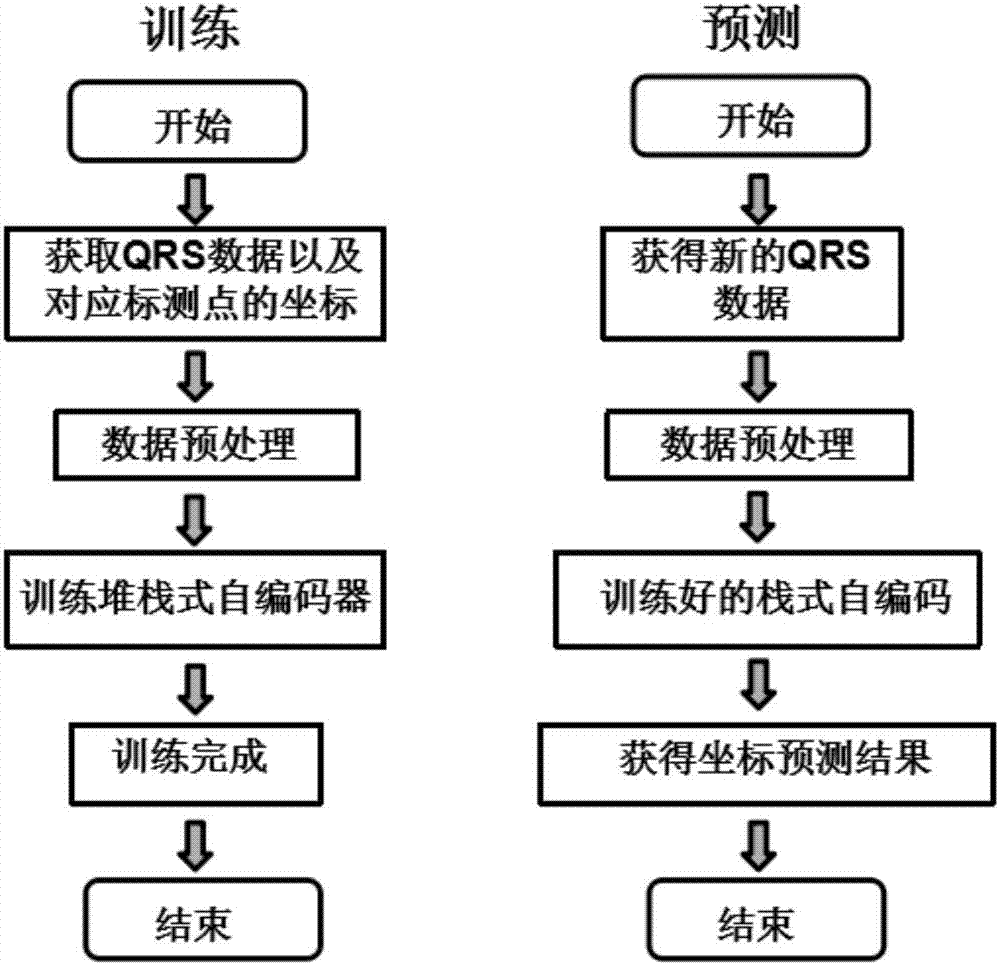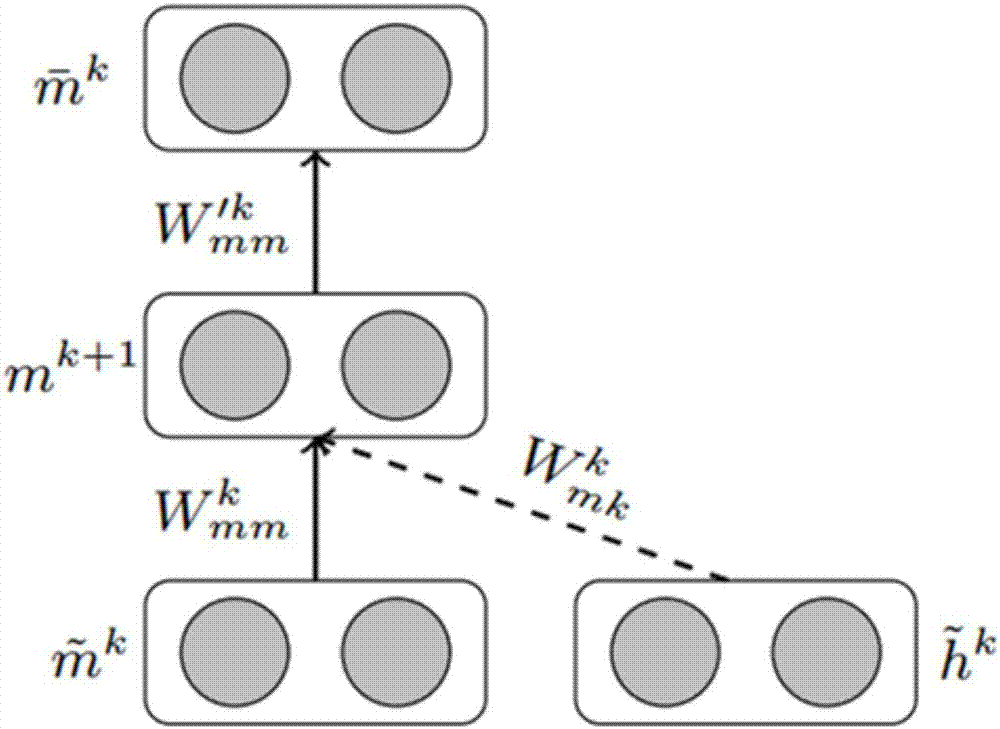Non-invasive intracardiac hyperexcitability point positioning method based on stack type auto-encoder
A self-encoder and point positioning technology, applied in the fields of sensors, medical science, diagnostic signal processing, etc., can solve the problems of low efficiency, time-consuming and laborious, unable to provide the specific location of tachycardia, etc. Precise results
- Summary
- Abstract
- Description
- Claims
- Application Information
AI Technical Summary
Problems solved by technology
Method used
Image
Examples
Embodiment Construction
[0039] In order to describe the present invention more clearly, the technical solution of the present invention will be described in detail below in conjunction with the accompanying drawings and specific embodiments.
[0040] Such as figure 1 As shown, the present invention is based on a stacked autoencoder-based non-invasive method for locating intracardiac abnormal activation points. The specific implementation includes the following steps:
[0041] (1) Collect 12-lead body surface potential data of patients with ventricular tachycardia, and record the three-dimensional coordinates of the corresponding mapping points.
[0042]Let the patient wear a body surface potential recording vest with 12 electrode leads to collect the patient's 12-lead body surface potential data; then, select the appropriate left ventricular endocardial position, and use the CARTO3 system for three-dimensional electroanatomical mapping , and record the 12-lead ECG signal of the corresponding positio...
PUM
 Login to View More
Login to View More Abstract
Description
Claims
Application Information
 Login to View More
Login to View More - R&D
- Intellectual Property
- Life Sciences
- Materials
- Tech Scout
- Unparalleled Data Quality
- Higher Quality Content
- 60% Fewer Hallucinations
Browse by: Latest US Patents, China's latest patents, Technical Efficacy Thesaurus, Application Domain, Technology Topic, Popular Technical Reports.
© 2025 PatSnap. All rights reserved.Legal|Privacy policy|Modern Slavery Act Transparency Statement|Sitemap|About US| Contact US: help@patsnap.com



